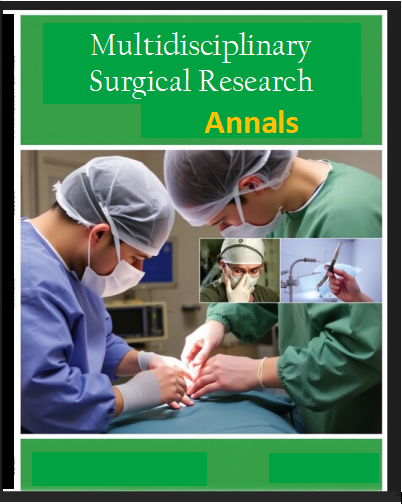Prevalence of American Foulbrood Disease in Local Honeybee Colonies; Targeting Incidences of Paenibacillus Larvae
Abstract
American Foulbrood (AFB) represents a formidable threat to honeybee populations, profoundly impacting larvae and contributing to a significant decline in overall bee numbers. This study focuses on the causative agent of AFB, the spore-forming bacterium Paenibacillus larvae, and evaluates the prevalence of this devastating disease in Apis mellifera colonies situated in the Malakand district of Pakistan. We employ biochemical analyses, Gram's staining, and microscopic and molecular techniques to assess the presence of AFB. A total of 800 honeybee colony samples were collected from 35 apiaries across the region. The findings reveal an alarming 35.47% incidence of AFB symptoms within the sampled colonies. Local variations in disease prevalence are underscored, with Thana exhibiting significantly higher rates (P˂0.01) compared to Batkhela, which records the lowest incidence. Furthermore, the temporal dynamics of AFB are explored, highlighting a substantial increase in prevalence during the warmer months of June and July (P˂0.01). Maximum prevalence is observed at temperatures ranging between 41°C and 45°C, emphasizing the influence of climatic conditions on disease dynamics. This study provides crucial insights into the widespread presence of Paenibacillus larvae in Apis mellifera colonies within the Malakand district, posing a severe and immediate threat to the already declining honeybee populations in the area.
Keywords: American Foulbrood, honeybee larvae, Paenibacillus larvae, climatic influence, Pakistan




